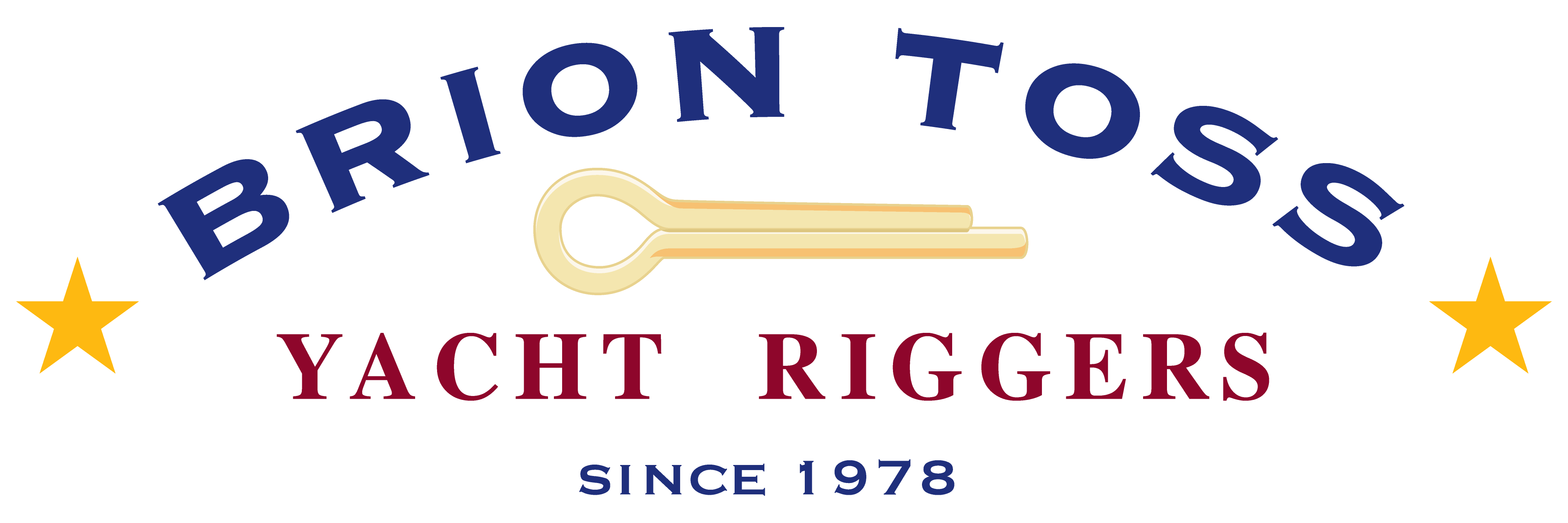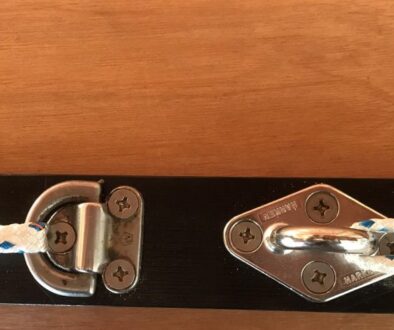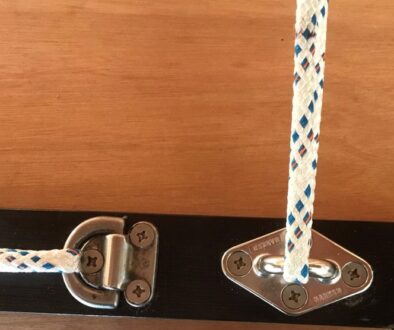Breaking Stuff, 1: The Winner
Hello all,
A record number of responses to the most recent Puzzle. To review, here it is:
A rigger invested in serious quantities of 1” Nylon and Dacron rope for some destruction testing. The ropes included single-braid, double-braid, and 3-strand. Multiple samples of each type. It was a lot of work to put the splices in, and it had to be done around a full schedule of paying jobs. To make matters worse, the only day that could be arranged for breaking all the pieces was one with heavy, driving rain. So the rigger had to lug all this heavy rope out of the shop, dump it in the bed of a pickup truck for the drive over, and then lug the even-heavier, soggy rope into the testing facility.
At the end of the day, the lab technician said, “I have some good news and some bad news. The good news is that all of your Dacron pieces show very good efficiencies, approaching 100%. But I’m afraid that all of the Nylon pieces broke at about 15% short of that. We did a couple of independent tests with some of the same size and brand rope that we had in-house, and I can tell you that the problem isn’t with the rope.”
“Actually, that is great news all around,” said the rigger, to the surprise of the technician. “My Nylon samples were just as good as my Dacron ones.”
How could this be true?
Some answers attributed the weakness of the nylon to steam, inherent weakness, mismeasurement, and other factors, but our Winner this week — Henry Schultz — kept things simple by saying, “Wet nylon breaks sooner than dry.” This is true, of somewhat short on detail. For a denser explanation, here is the entry from treehouse maestro Ian Weedman:
“Well, I suppose it’s obvious in a couple accounts, still doesn’t mean I’ll get it right though. Both the dacron and the nylon absorb water, albeit at different capacities. The nylon however, has a distinctly different reaction. Nylon, being a crystalline polyamide, is held together by a polarity bond, a positive and a negative in attraction. When water finds its way into the rope, it seeks out the charged areas and forces apart the bond. This results in a weakened connection. Dry the rope, polarity bond is back.”
I love how Ian starts out in aw shucks mode, and then turns into Richard Feynman. But he is correct, wet Nylon is typically about 15% weaker than dry. Anyway, congratulations, Henry, you have won my “25 Knots” DVD, or equivalent merchandise of your choice. Contact catalog@briontoss.com to arrange shipment.
Next week’s Puzzle: Whether Helm or Not, 2.




February 22, 2018 @ 11:43 am
Brion-
Do you teach wire rope splicing? I’m interested in learning how to make wire rope eye splices from 1/4 inch galvanized 7×19 wire rope.
Best,
Pierre LaRochelle
February 26, 2018 @ 2:06 pm
Hello,
We do teach wire splicing. Currently scheduled to teach someone on the 5th of March. We also have a DVD on the subject. Write to rigging@briontoss.com if you’d like to learn more.
Regards,
Brion Toss